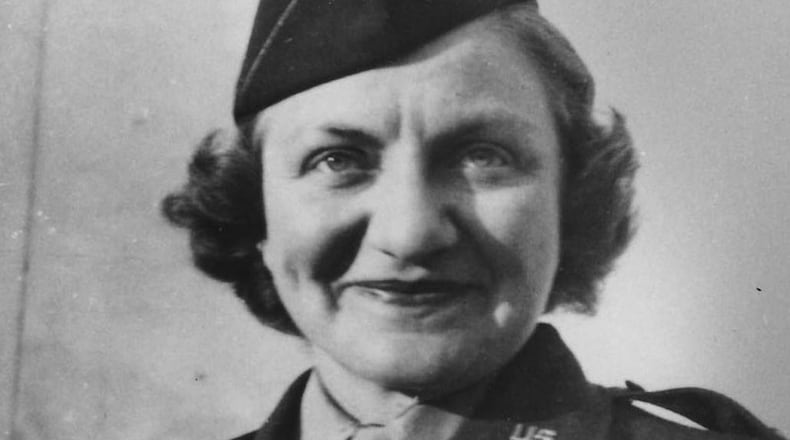In November 1944, during an evacuation flight from the front lines near Lyons, Italy, her C-47 crashed, killing all aboard and making Lutz the first American woman casualty of World War II. At the time of her death, Lutz was considered the most experienced flight nurse in the U.S. military service. She had the most evacuation sorties (196), most combat hours flown by any flight nurse (814) and the most patients transported by any flight nurse (3,500+).
Lutz was awarded the Air Medal with four Oak Leaf Clusters and – for her “superior professional skill and courage” and her “selfless devotion to duty and outstanding proficiency” – posthumously received the Distinguished Flying Cross.
Lutz’s dedication to service and care, including her willingness to endure perilous conditions for the sake of her patients, made her a legend of enroute care. Her efforts in the field of flight nursing also make Lutz a fitting exemplar of the United States School of Aerospace Medicine – part of the Air Force Research Laboratory’s 711th Human Performance Wing at Wright-Patterson Air Force Base.
As part of its vision to be a global leader in aerospace and operational medicine, the School continues to train the Aleda Lutz’s of the future, enabling a new generations of flight nurses to do what Lutz was called to do more than 70 years ago.
To mark a century of operation, USAFSAM will celebrate throughout 2018. The year will include special heritage events as well as a monthly article highlighting a key “exemplar” from the school’s rich history.
About the Author
